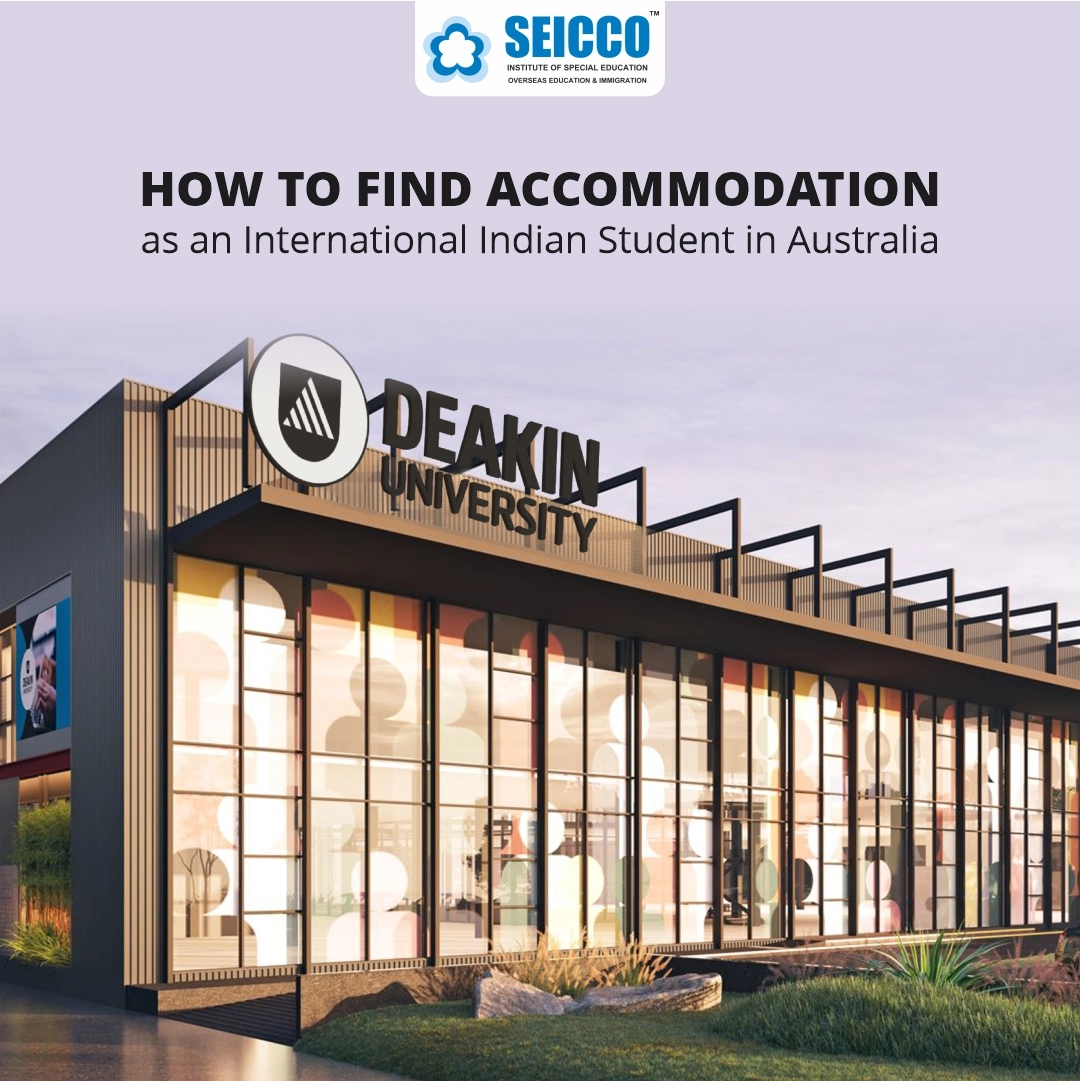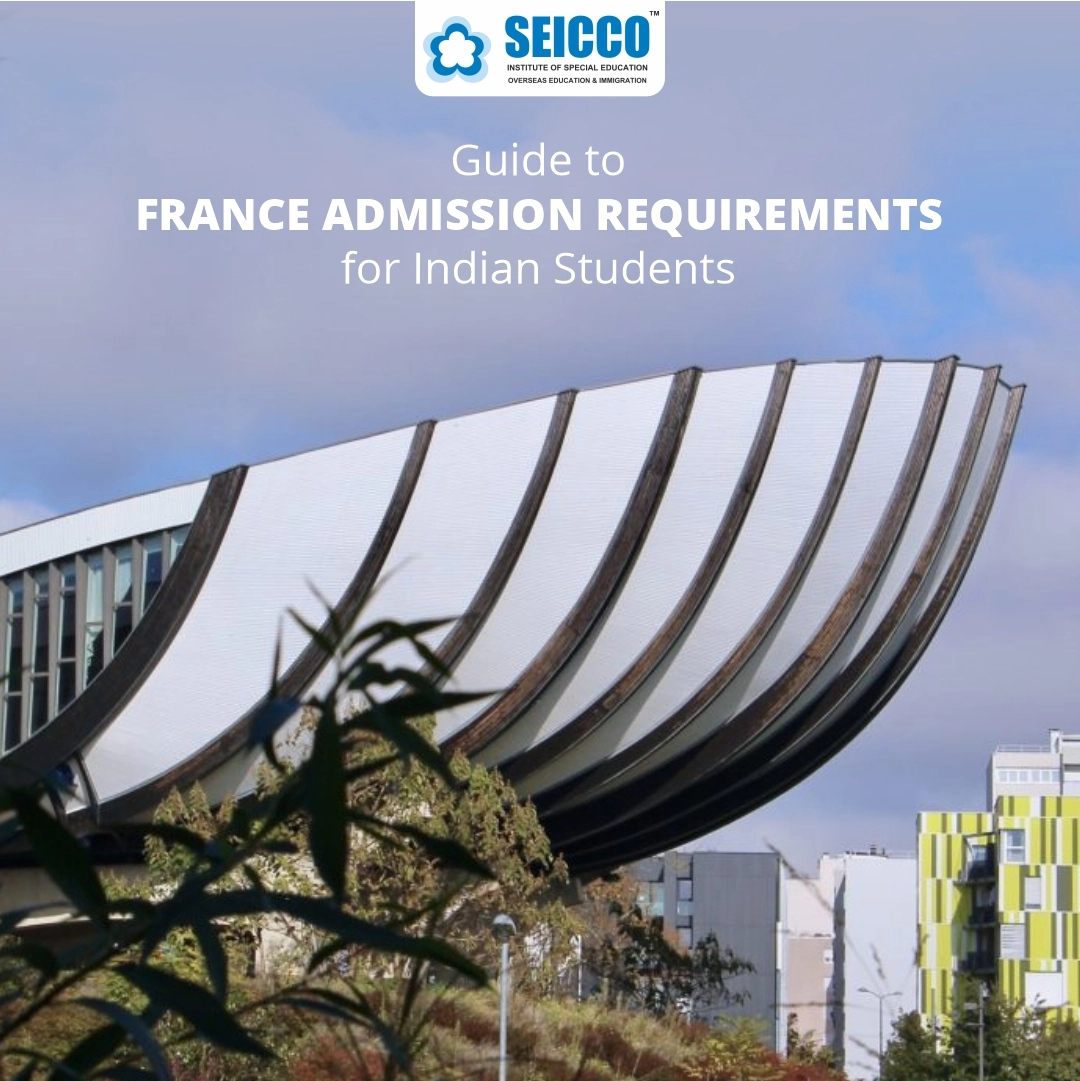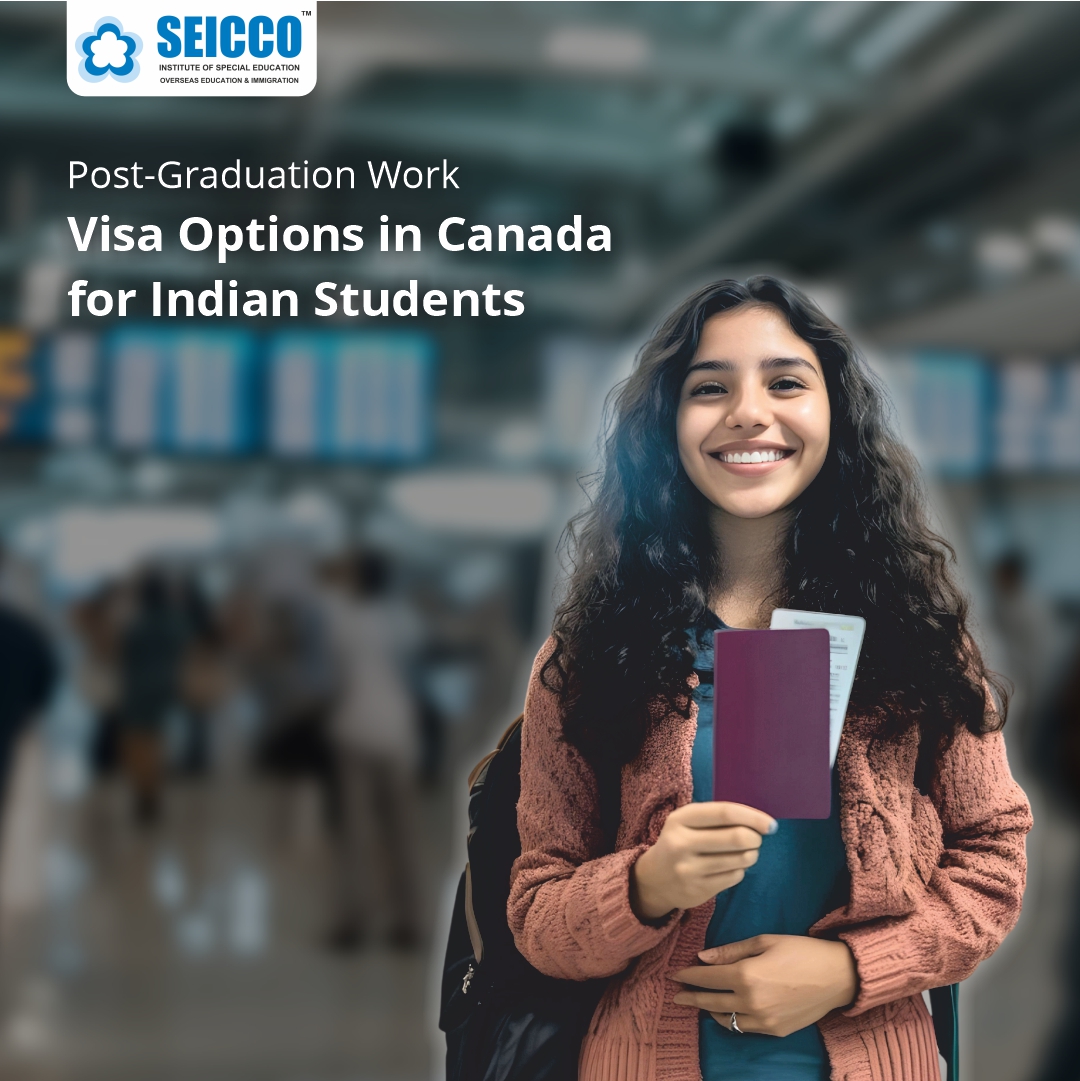Australia has become one of the most sought-after destinations for Indian students seeking higher education. According to the Australian Department of Education, over 120,000 Indian students were enrolled in Australian institutions in 2024. But beyond securing admission, one of the most important concerns students and their families face is: Where will I live?
Accommodation plays a crucial role in determining the quality of your student life abroad. It influences your expenses, study routine, and even mental health. This guide breaks down the types of accommodation available to Indian students in Australia, their approximate costs (with INR conversions), budgeting tips, and what to expect—so you can make informed, confident choices.
1. Why Accommodation Matters for International Students
Choosing the right accommodation in Australia affects everything from your daily commute to how much time and money you spend each week. For Indian students new to the country, safe and convenient housing can ease the cultural transition significantly.
Average weekly accommodation cost in Australia: AUD $95 to $440
Converted to INR: ~₹5,300 to ₹24,600/week
(Source: Study Australia)
2. Types of Accommodation Options (with INR Cost Comparison)
A. On-Campus Housing (University-Managed Halls)
- Fully furnished rooms inside or near the campus
- Includes internet, electricity, and sometimes meals
- Ideal for first-year students
Cost: AUD $200–$500/week (₹11,200–₹28,000)
Pros: Convenient, secure, strong student community
Cons: Limited availability, high demand
B. Homestays (Living with a Host Family)
- Private room in an Australian household
- Meals often included
- Encourages language and cultural immersion
Cost: AUD $250–$350/week (₹14,000–₹19,600)
Pros: Safe, meals provided, family environment
Cons: Less personal freedom
C. Purpose-Built Student Accommodation (PBSA)
- Student-only private buildings like Scape, Iglu
- Studios or shared apartments
- Bills and amenities (Wi-Fi, gym, laundry) included
Cost: AUD $250–$450/week (₹14,000–₹25,200)
Pros: Great facilities, social events, no extra setup
Cons: Premium price
D. Private Rentals and Shared Apartments
- Lease a flat or house with other students or professionals
- Often the most budget-friendly for long-term stay
- Utilities may be extra
Rent: AUD $150–$300/week (₹8,400–₹16,800)
Utility Bills: AUD $30–$50/week (₹1,680–₹2,800)
Pros: Independence, flexibility
Cons: Unfurnished options common, more responsibility
3. Budget Breakdown: Monthly Living Expenses
Here’s an estimate of monthly costs in different Australian cities for students (converted to INR):
| City | Shared Rent (INR/month) | Total Monthly Living Cost (INR) |
| Sydney | ₹44,800–₹67,200 | ₹1.00–1.25 lakh |
| Melbourne | ₹39,000–₹56,000 | ₹90,000–1.20 lakh |
| Brisbane | ₹33,600–₹50,400 | ₹85,000–1.10 lakh |
| Adelaide | ₹30,200–₹47,000 | ₹78,000–₹95,000 |
| Perth | ₹33,600–₹48,600 | ₹80,000–₹1.05 lakh |
Note: The Australian government requires proof of AUD $24,505/year (~₹13.7 lakh) in living funds for student visa approval (as of 2025).
4. Where to Find Accommodation (Safely)
University Housing Portals:
- Most universities have a dedicated accommodation section
- They assist with dorm bookings, off-campus recommendations, and tenancy advice
Reliable Online Platforms:
- Flatmates.com.au – Shared rentals
- Unilodge.com.au – PBSA properties
- Realestate.com.au – Private rentals
- Homestay.com – Host family matching
Social Media:
- Indian student Facebook and WhatsApp groups
- Reddit threads for university-specific housing tips
Tip: Always verify listings. Never transfer money without a rental agreement or physical inspection (or university confirmation).
5. Factors to Consider When Choosing a Place
1. Distance from Campus
Try to live within 30 minutes of your university by bus or train. Living far may reduce rent but adds transport time and cost.
2. Lease Agreements
Most off-campus rentals require:
- 6–12 month lease
- Security bond (₹22,400–₹28,000)
Read your agreement. Understand exit clauses, maintenance rules, and refund terms.
3. Furnished vs. Unfurnished
PBSA and campus housing are furnished. Private rentals may not include furniture—budget another ₹20,000–₹40,000 for essentials like a bed, desk, and cookware.
4. Safety and Surroundings
Use tools like Google Street View and crime maps to check neighborhoods. Avoid isolated areas if living alone.
6. Step-by-Step Process to Secure Housing
- Start Early: Begin researching at least 3 months before departure.
- Shortlist Your Type: Decide if you want a hostel, homestay, PBSA, or flatshare.
- Verify Details: Check lease terms, inclusions (Wi-Fi, utilities), and rent breakdown.
- Talk to Seniors: Join Indian student forums for personal reviews.
- Book Temporary Stay: If unsure, book a hostel or Airbnb for the first 7–10 days while you visit properties in person.
7. Your Rights as a Tenant in Australia
Every state in Australia has legal protections for renters. For example:
- Landlords must return your bond within a set time after the lease ends.
- Rent cannot be increased unfairly or suddenly.
- You’re entitled to a safe and hygienic living space.
Useful portals:
- Victoria: Consumer Affairs Victoria
- New South Wales: NSW Fair Trading
- Queensland: RTA
If any dispute arises, universities often have a student legal service to guide you.
8. Tips for Indian Students
- Carry Indian essentials: Some rentals won’t allow indoor cooking with spices; clarify beforehand.
- Group together: Consider renting with fellow Indian students for cultural familiarity.
- Plan for seasonal variation: Rent prices peak during January–March. Try booking earlier.
- Attend orientation week: Many universities conduct “accommodation days” for new arrivals.
Conclusion
Finding student accommodation in Australia as an Indian international student may seem overwhelming at first, but with early planning and the right tools, it becomes manageable. Whether you’re looking for affordability, convenience, or cultural connection, there’s a housing option suited to your needs. Use verified platforms, consult your university, and don’t hesitate to seek help when needed.
A good living space isn’t just about four walls—it’s your foundation for a successful and enriching academic journey abroad.
FAQs
1. What’s the cheapest type of student accommodation in Australia?
Private shared rentals are usually the most budget-friendly, costing around ₹8,400–₹16,800 per week, but may come without furniture or utilities.
2. Can I book housing before I land in Australia?
Yes. Use university portals or trusted websites like Flatmates.com.au or Unilodge.com.au to book safe, verified options in advance.
3. How much money should I budget for monthly rent?
Depending on the city, expect to spend between ₹30,000 to ₹70,000 per month for shared accommodation.
4. What is a “bond” and how does it work?
A bond is a refundable security deposit (usually 4 weeks’ rent = ₹22,000–₹28,000), returned if no damage is done to the property.
5. Is food included in student housing?
Only homestays and some university dorms include meals. Most rentals are self-catered, so you’ll need to cook or eat out.






